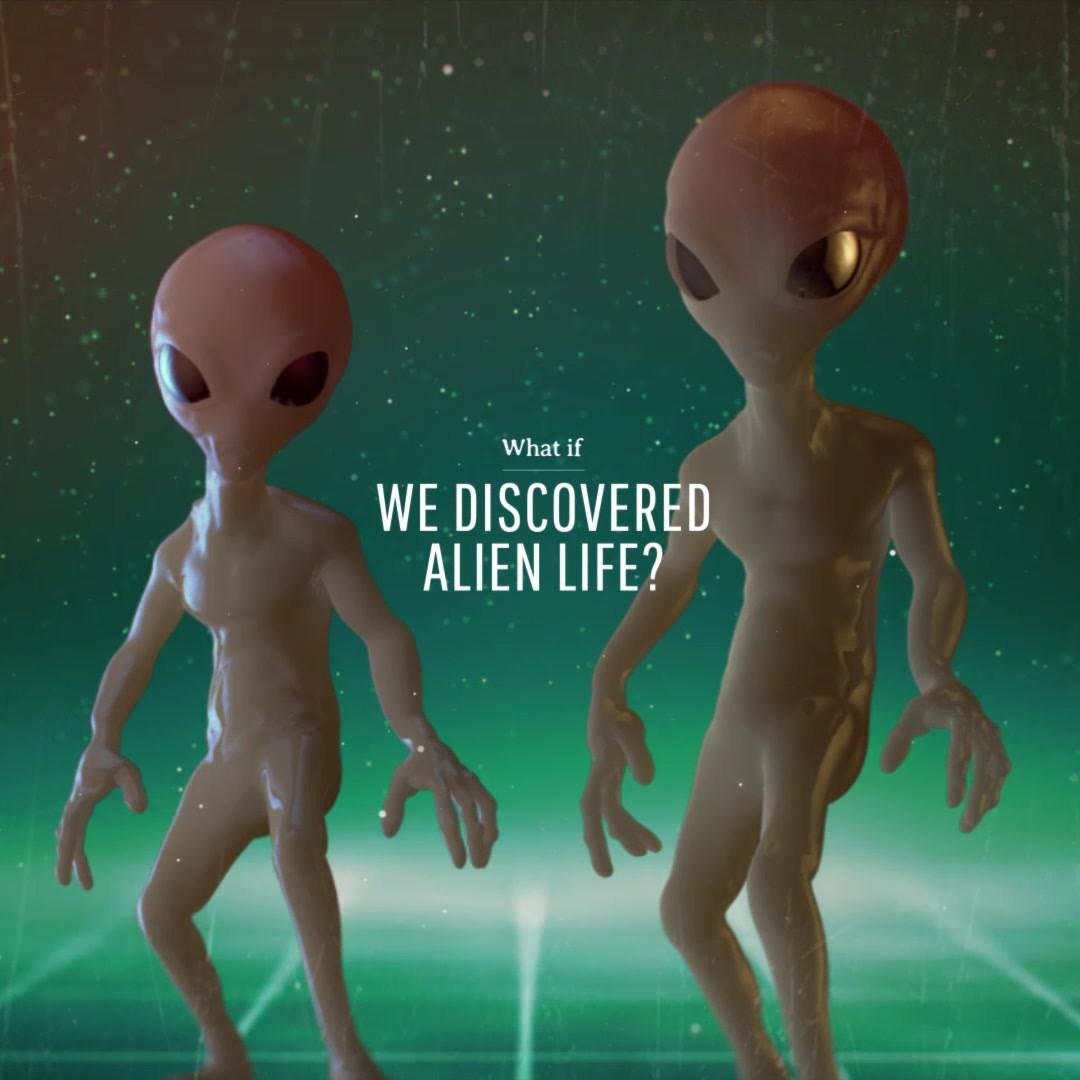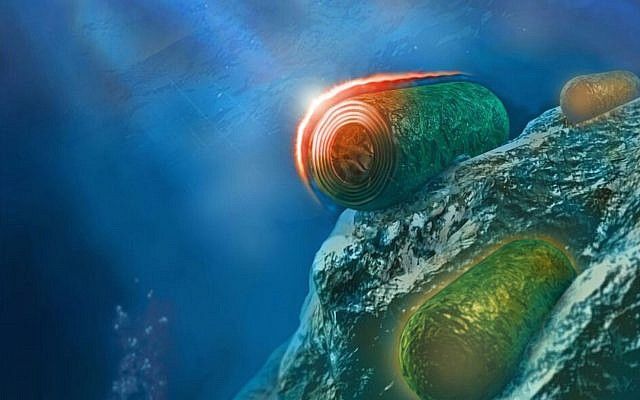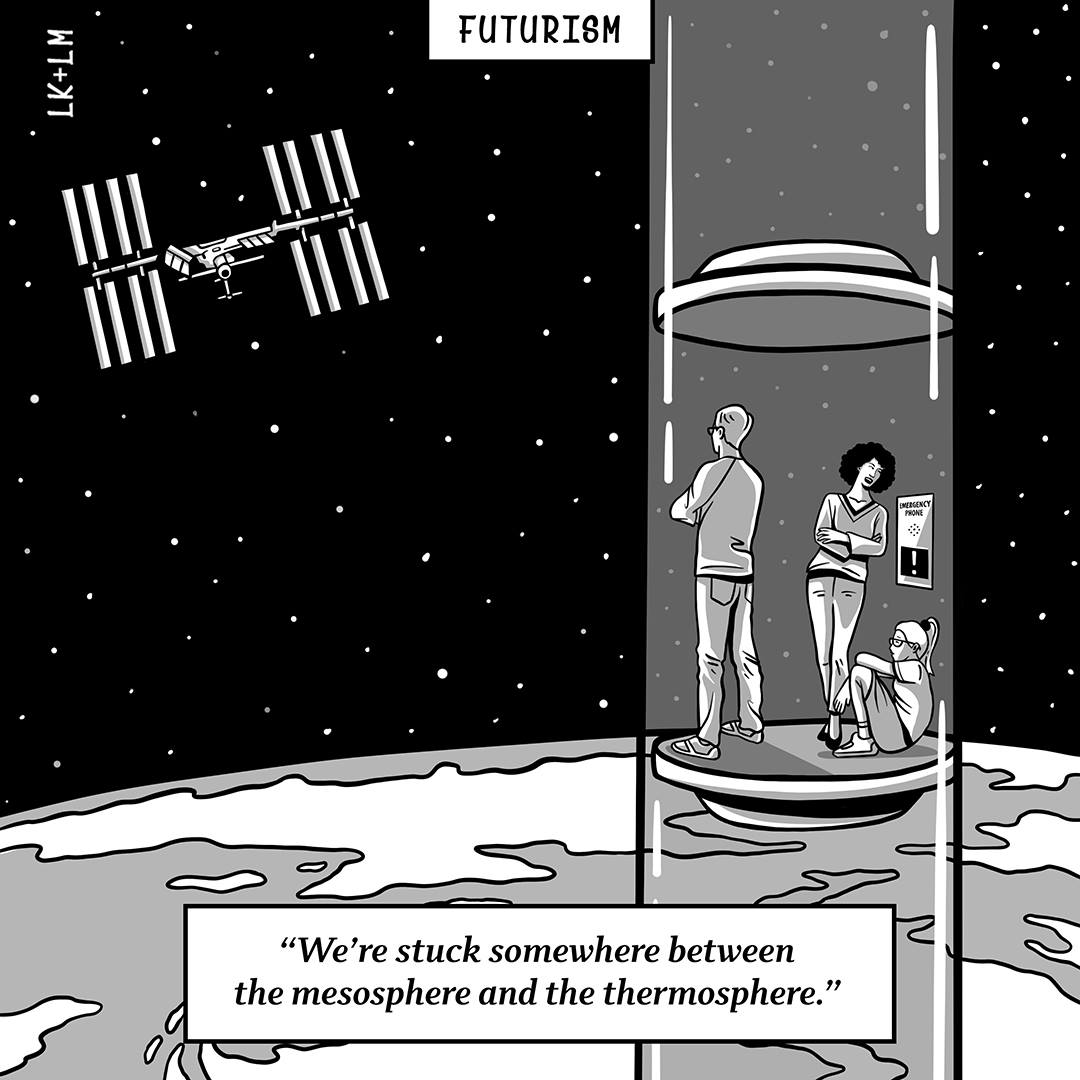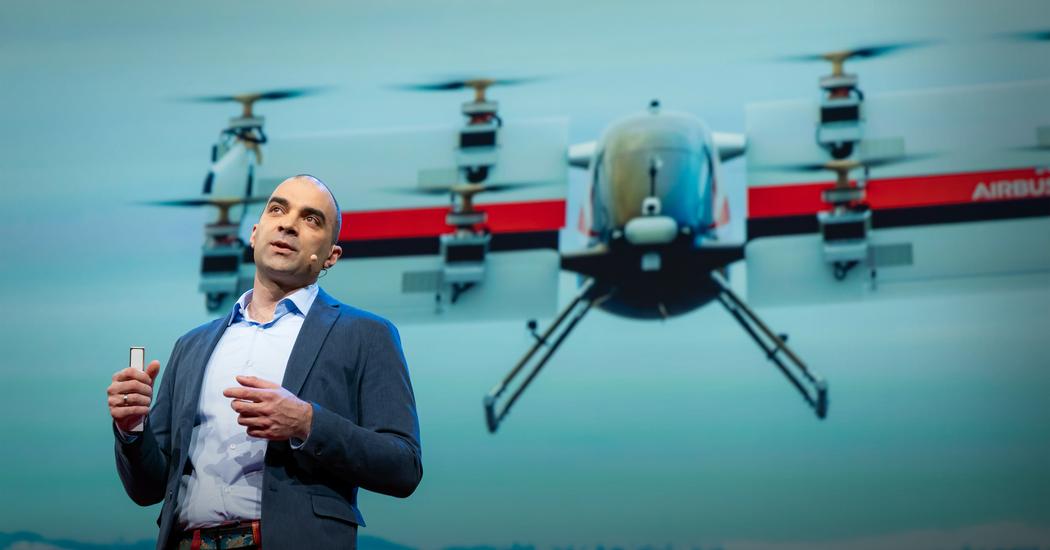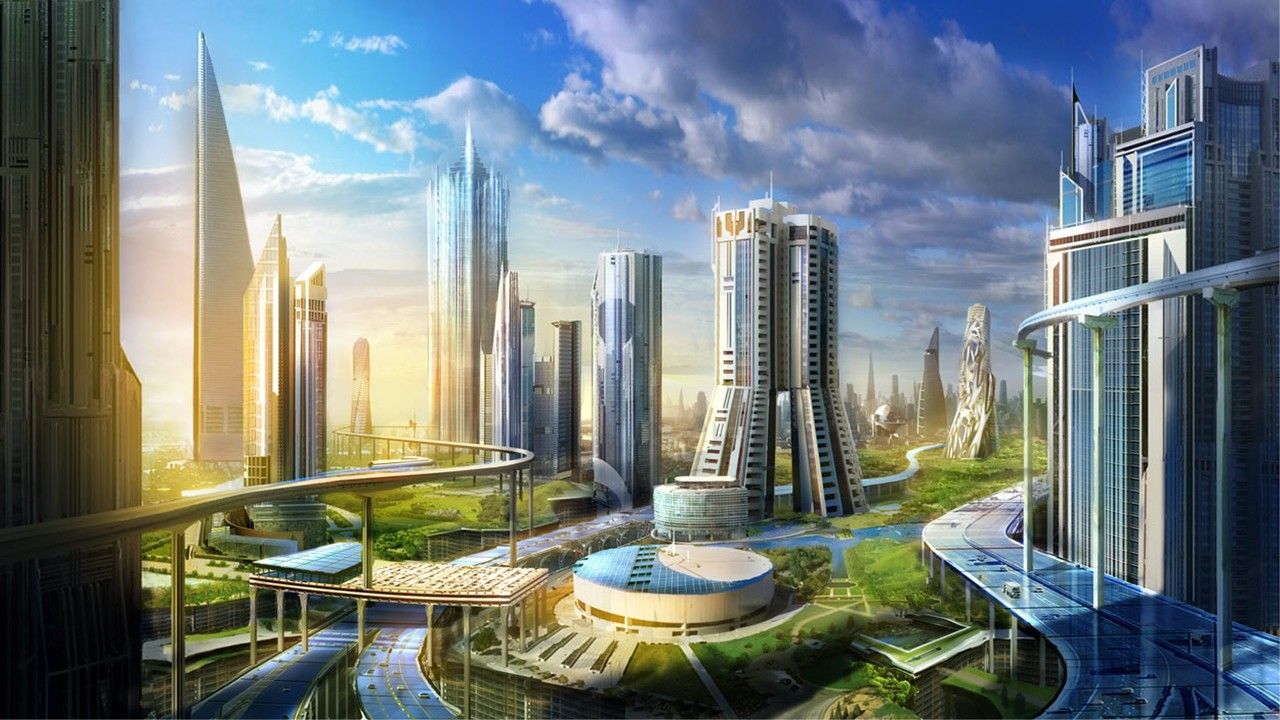Page 9701
Jun 29, 2018
Electricity from germs could be the next big thing, say Israeli researchers
Posted by Klaus Baldauf in categories: biotech/medical, engineering, habitats, nanotechnology, nuclear energy, solar power, sustainability
You can generate electricity from oil, you can produce it from natural gas, you can make it from nuclear energy, and you can channel it from the sun, via solar energy conversion systems. You can even generate electricity from photosynthetic bacteria, also known as cyanobacteria, based on a new innovation developed at the Technion. As published in a study in the journal, Nature Communications, the Technion researchers have developed an energy-producing system that exploits both the photosynthesis and respiratory processes that cyanobacteria undergo, with the harvested energy leveraged to generate electricity based on hydrogen.
The study was conducted by three Technion faculty members: Professor Noam Adir from the Schulich Faculty of Chemistry, Professor Gadi Schuster from the Faculty of Biology, and Professor Avner Rothschild, from the Faculty of Materials Science and Engineering. The work involved collaboration between Dr. Gadiel Saper and Dr. Dan Kallmann, as well as colleagues from Bochum, Germany and the Weizmann Institute of Science. It was supported by various bodies, including the Nancy and Stephen Grand Technion Energy Program (GTEP), the Russell Berrie Nanotechnology Institute (RBNI), the Technion Hydrogen Technologies Research Lab (HTRL), the Adelis Foundation, the Planning and Budgeting Committee’s I-CORE program, the Israel Science Foundation, the USA-Israel Binational Science Fund (BSF) and the German research fund (DFG-DIP).
Scientists have long considered cyanobacteria a possible energy source. Cyanobacteria belong to a family of bacteria common to lakes, seas, and many other habitats. The bacteria use photosynthetic mechanisms that enable them to generate energy from sunlight. They also generate energy in the dark, via respiratory mechanisms based on digestion and degradation of sugar.
Continue reading “Electricity from germs could be the next big thing, say Israeli researchers” »
Jun 29, 2018
Astrocytic Activation Generates De Novo Neuronal Potentiation and Memory Enhancement
Posted by Manuel Canovas Lechuga in category: neuroscience
Astrocyte activation in the hippocampus is sufficient to generate synaptic potentiation, enhance memory allocation, and improve cognitive performance beyond what can be achieved by elevating neuronal activity alone.
Jun 29, 2018
Wind power will work on Mars, study finds
Posted by Klaus Baldauf in categories: energy, space
Wind power on Mars makes it possible for any rover or other craft to collect power at the poles or other areas on the planet that don’t get constant sunlight.

NASA — National Aeronautics and Space Administration literally saved us from a planet-wide apocalypse.

Incredible true story of a NASA arctic expedition designed to be the first Martian road trip on Earth becomes an epic two-year odyssey of survival. Voiceover from Buzz Aldrin.br /
Jun 29, 2018
How autonomous flying taxis could change the way you travel
Posted by Klaus Baldauf in categories: robotics/AI, transportation
Flight is about to get a lot more personal, says aviation entrepreneur Rodin Lyasoff. In this visionary talk, he imagines a new golden age of air travel in which small, autonomous air taxis allow us to bypass traffic jams and fundamentally transform how we get around our cities and towns. “In the past century, flight connected our planet,” Lyasoff says. “In the next, it will reconnect our local communities.”
This talk was presented at an official TED conference, and was featured by our editors on the home page.
Jun 29, 2018
Tokyo’s Psychic VR Lab realizes Terence McKenna’s Dream of sharing our Inner Worlds
Posted by Odd Edges in categories: philosophy, telepathy, virtual reality
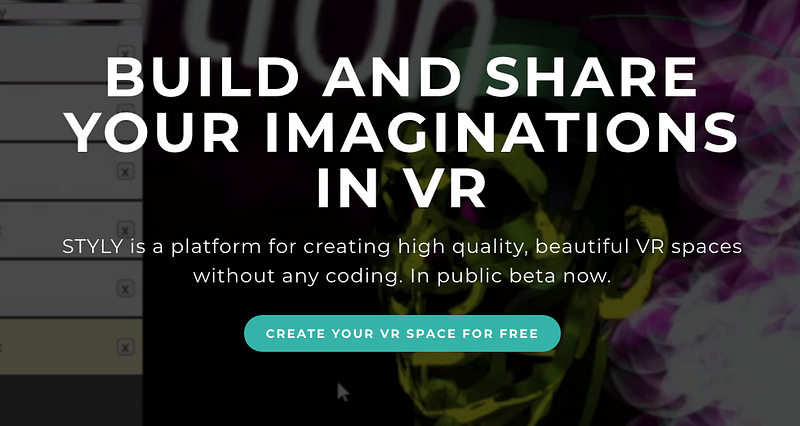
There is absolutely NO need to code
Recently, I spoke at VRTO2018 in Toronto, Canada—which gave me a chance to see some of the bleeding edge tech in VR, AR, and Mixed Reality. Of all the VR tech I encountered there, it was Psychic VR Lab’s creation Styly that captured my imagination most of all.
Terrence McKenna once described virtual reality as a “technology that will help us show each other our dreams.” He discussed this angle at length, finding that VR’s potential to share our subjective experiences with each other on an embodiment-based medium, to have vast consequences for our species. “In the cyberdelic future, artists will rule because the world will be made of art.” McKenna further speculated that he saw VR as a potential next step in the evolution of language itself. When and how and with what technology this will be achieved has been an open question. Yet, with the arrival of Tokyo-based company Psychic VR Lab and their new tool Styly, we seem within closer striking distance to McKenna’s dream of “inhabiting” the imagination more than ever before.
Psychic VR Lab made a splash in 2015 by providing a website that hosted and processed images using Google’s phantasmagoric Deep Dream. Their new project Styly is a hyper-user-friendly platform for creating shareable VR worlds. The browser-based interface consists of just a few buttons. Model content can be browsed and imported from a variety of pre-existing libraries like Sketchfab, 3D Warehouse, Unity’s asset store, and Google Poly. This means you do not need to make your own models from scratch — they can be imported in. Images can be uploaded from Instagram, videos from YouTube (including 360 videos), and music from Soundcloud are all a single click away. Mp3s and image files can be imported from you desktop, and it also supports Unity, SketchUp, Blender, Tilt Brush, Blocks, Maya, and Mixamo.
For me, the Styly interface had about a 12-minute learning curve — And I have not played with a modeling or animation program for about 15 years. The first thing I created was a Gigeresque nightmare world, and it took less than half an hour to build.
Tags: social media, transhuman, virtual reality, VR
Jun 29, 2018
Future of Construction VS Construction of Future
Posted by Bill Kemp in categories: economics, futurism
What if the world is genuinely shaping to be transformed to Jacque Fresco’s ideal world? — vision of global Resource Based Economy?! The idealistic.
